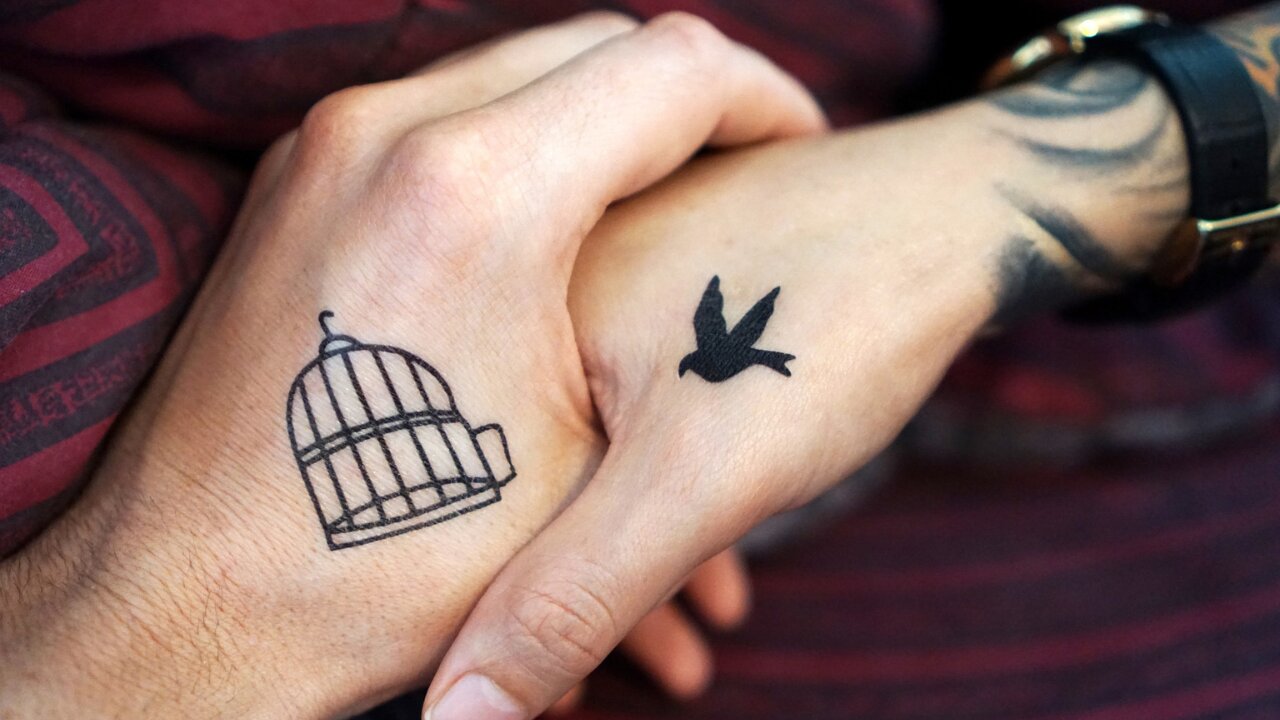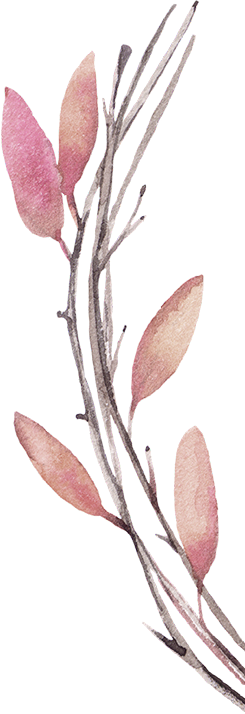How to Get to the Root of Your Pain to Bring More Love to Your Relationships

Contents
5 Ways to Get to the Root of Your Pain and Heal
If you are reading this, friend, you might be experiencing some heaviness or pain that could be blocking you from the deep, soul-shaking love you want. We all have a story – a narrative we carry that holds a meaning and inspires an emotion. But what is that emotion, really? And is it getting trapped in you body?
Can we discuss Tantra for a second, lady?
A key aspect of Tantra is relationships. Why? Because life is relationships and Tantra is life. To people who haven’t experienced true Tantra, their thoughts on the topic are generally related to wild, long-lasting, amazing sexual experiences. And look, I get it. But to the ladies who have experienced it, Tantra goes far beyond that.
Yes, it includes great sex (and who doesn’t want that?), but it also includes power, freedom, responsibility and living Tantra as a PRACTICE. It is about total embodiment.
But what is the practice?
The practice is coming back to center. It is being present with what is – the dark and the light. It’s about holding our own masculine energy (including the father archetype) and feminine energy (including the mother) rather than constantly expecting it outside of ourselves.
Today I am going to give you practical ways to use the essence of the Tantra practice. We are going to bring to light the deep rooted pain that could be blocking you from fulfilling relationships. Its time to heal, lovely.
Here are 5 ways to get to the root of your pain (and heal) so that you can bring more love to your relationships:
1. Stop resisting your pain
We spend so much energy running away from what hurts, dont we? But what you resist, persists.
So how do you know if you are resisting your emotional pain?
- When stuff comes up, you feel isolated, way too sensitive and like something is fundamentally wrong with you.
- The areas of your life where you are stuck don’t ever really change, no matter how hard you try.
- You become stressed when feeling low, you look for a “meaning” to your pain and excessively analyze it until youre exhausted.
- You think witnessing your pain and healing it are the same thing (hint: they aren’t!).
- Once you feel emotional pain, you enter a downward spiral and/or a depressive vortex.
- You think you can get rid of feelings without actually purging them.
- You are addicted to temporary alleviators of pain; external medicines, drugs, social media scrolling, food, over-socializing, or keeping busy with work and/or play.
- You constantly search for outside validation and approval and are deeply concerned with what other people think.
- You prefer the heights to the depths and constantly chase the “highs” of life.
Let’s be honest for a moment – how many of these resonate with you? It’s okay to admit it. Recognizing these patterns is the first step to breaking them. Drop a thought in the comments if this list hit a little close to home – we are all in this together!
2. Feel your pain
This sounds scary, I know. But you have to feel it to heal it.
- Be with how you feel – stop running away from your emotional body and allow yourself to simply feel.
- Meditate: observe, breathe, notice. Just be with your feelings, which is to fully be with yourself.
- Feel the emotions all the way by expressing them and releasing them.
Once you have allowed your feelings to surface, give them some expression so that they are able to be released from your nervous system.
The eight “Express and Release” techniques that can be used when emotions arise are:
The irony of these “Express & Release” techniques is that children naturally do them when they are upset, but we tell them to do otherwise. “Stop crying,” we say. “Sit still.” Our basic human instinct knows what to do with the emotional body until we are conditioned by society to suppress it.
Animals move their body as a way to release trauma too, especially through shaking. So next time you feel emotionally charged, instead of projecting your emotional body onto your partner or retracting into your cave, try practicing some somatic release in the safety of your own company. Shake it out, yell into a pillow, dance wildly.
Whilst I am suggesting you acknowledge and validate emotions, I am not suggesting you re-live the trauma of the experience itself. By acknowledging the emotion, validating it, feeling it and responding to the emotion itself, we can begin to release it and heal from it.
3. Ask: What is the emotion showing you?
Emotions are just data, lady. They are messengers.
Once you have released the raw emotion associated with the trigger, come back to a place of peace and ask yourself:
- Is there a boundary that I need to set with someone or something?
- Is there a healthy request that I have for either myself or another?
- Is there a situation or person no longer serving me in my life, and is there an action I need to take?
4. Re-parent yourself
This is where the magic happens. Is my inner child okay, or is she needing safety? Reassure her, “I am completely here with you now.”
Once this relationship is formed between you and your inner child, and a level of trust is gained, you can start asking your inner child for what she needs from you to feel safe and loved. Then? Give it to her rather than expecting your partner to give it to you. Cultivating a relationship with your inner child is a daily practice and a lifelong experience, but it is so worth it.
5. Seek support
You don’t have to do this alone. In fact, you weren’t meant to.
When we are a part of a community of brothers and sisters who support each other, sing and laugh together, who reflect, share and connect, this helps us to remember the love that we are. We can also seek a skilled healing practitioner.
Union, within and without, is no resistance to any emotion, and no attachment to any emotion. So when we’re no longer attached to pleasure, and were no longer resistant to pain, we are Living Tantra. When we are rising in love and allowing our relationships to help heal and grow, we are Living Tantra.
We Want to Hear From You, Beautiful!
Which of these 5 steps feels the most challenging for you right now? Share your story in the comments below – your experience might be the exact thing another woman needs to hear today. Let’s support each other and rise together!
Frequently Asked Questions
How do I stop resisting emotional pain?
To stop resisting emotional pain, you first need to recognize the symptoms of resistance, such as distracting yourself with social media, food, or work. The key is to stop running from the feeling, sit with it, and allow it to exist without judgment.
What is the Tantra practice in relationships?
Tantra in relationships goes beyond sexual experience. It is a practice of 'coming back to center,' being present with both light and dark emotions, and holding your own masculine and feminine energies rather than expecting a partner to fulfill them for you.
How can I release trapped emotions?
You can release trapped emotions using 'Express and Release' techniques. This includes allowing yourself to cry, move your body, shake, or vocalize the emotion. Animals naturally shake to release trauma, and humans can benefit from similar somatic practices.








